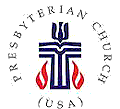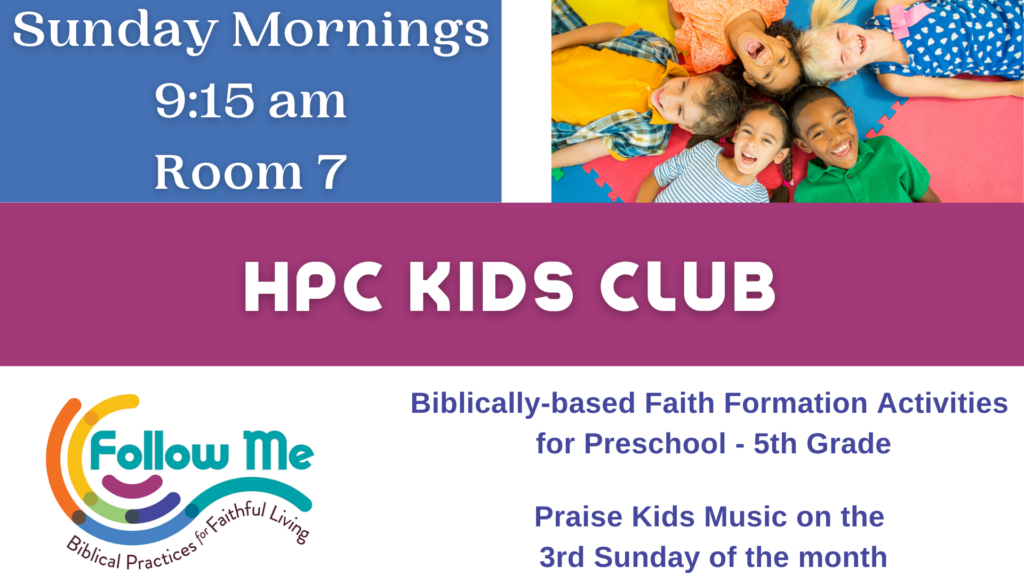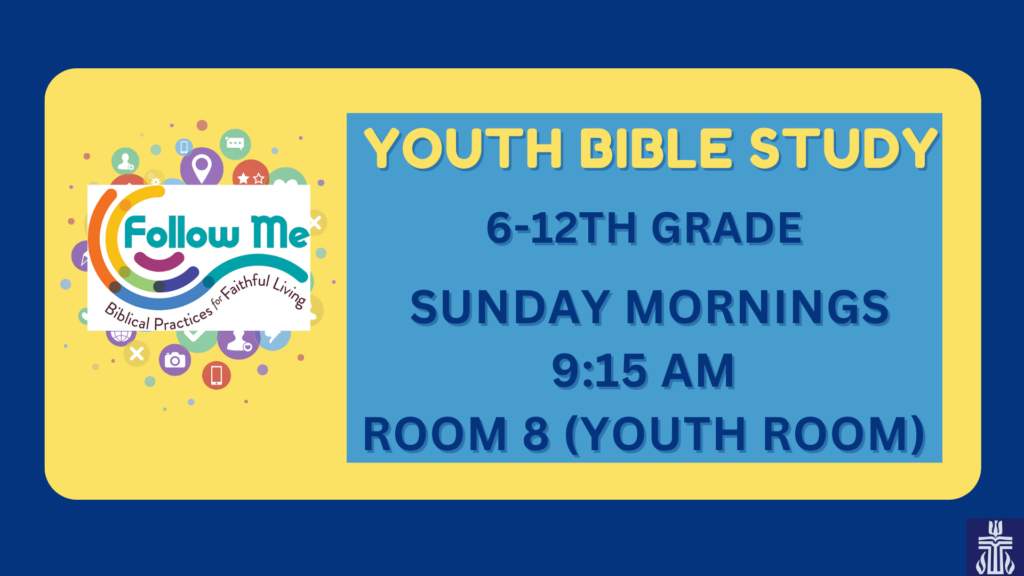This July, our summer sermon series pairs Scripture texts with well-known and loved books by Dr. Seuss as modern parables to deepen our exploration of faith in the world together. This week our Dr. Seuss classic is Green Eggs and Ham.
How many of you consider yourselves “picky eaters?” I asked this question on my Facebook page earlier this week, asking for rankings on a scale of 1-10. A few placed themselves midway, weighing various dietary choices and decreeing certain foods as anathema, from peanut butter to green peas, while others admitted to all out pickiness at the top of the scale. But the majority of my friends seem to rate themselves a 1 or 2 on a scale of 1-10, many claiming they “eat anything.”
I wonder how the disciples would have answered, particularly after hearing Jesus’ lengthy description in John 6. These almost 40 verses, some of which we read this morning, are known as the “Bread of Life Discourse.” They come in the gospel text following familiar stories like the feeding of the 5,000, and Jesus walking on water. Now, Jesus settles in the synagogue in Capernaum and tries to explain to those who have gathered what is going on.
“I am the bread of life.” It is one of seven “I am” sayings in John’s gospel that unveil who Jesus is. They echo God’s voice from the burning bush in Exodus, revealing the presence of the divine. Throughout the gospel, Jesus himself lays out that God’s ancient promises are being fulfilled, noting that the ability for all to come to him depends only upon hearing and learning[i]. The people have been following with many questions, eager for additional proofs so that they might believe. Here, Jesus provides with, as David Hull describes it, a symbol that would have had rich meaning and immediate understanding to his audience. He notes:
Today we use utensils to move the food from a plate into our mouths. Bread is often served at meals, but it is seen as a “starter” or a “side.” Many who are watching their diets choose to forgo the bread. Therefore, when we hear that Jesus is “the bread of life,” we can too easily think in terms of a metaphor for something that is as optional as a dinner roll. . . The way that Jesus and his contemporaries ate was radically different from the way most Westerners eat. No utensils were used. A person ate with his food or her hands. Bread was usually used to dip into the food and bring the food from the dish to the mouth. . . The Western mind-set allows us to think of bread as an extra that we can take or leave; but Jesus was operating with an image that was essential to the process of eating. . . . Bread, then, was not an extra to be chosen or omitted; it was how persons accessed the food that was placed before them. According to John’s Gospel, then, the incarnation is the means by which we can access and partake of the life that God offers us. . . . Life is the main course. The “bread” is how we are able to receive the main course[ii].
In this passage, Jesus connects all of the dots, and lays it on a platter, if you will, almost literally for those who would listen, and invites them to join the feast. His words are graphic and visceral, carrying weight and impact that would have made those listening take notice. The fullness of God presented in dramatic fashion, ready for the taking.
But did you catch the response of those who heard it? Of the religious leaders and even his own disciples who had been following him? They are full of doubts and speculations, and scrutiny. It must have looked like trying to get a baby to eat green beans. In a study just over 10 years ago by researchers Forestell and Mennella, they introduced pureed green beans to a group of infants for the first time. Their reactions were as you might expect:
95% of the babies squinted
82% waggled their brows
76% raised their upper lips
42% wrinkled their noses
In short, babies looked disgusted, and the more disgusted they looked, the more slowly they ate[iii]!
Here Jesus is in John 6, spoon-feeding the very words of life to all who will hear, offering them that which will sustain, and they are turning up their noses at it.
As 21st Century Christians, we like to imagine that we would have seen Jesus and immediately known that he was the Messiah. We call ourselves disciples, indicating that he is the one we would have chosen to follow. We have the great benefit of knowing more of the story, and with 20/20 hindsight we can easily claim we would have been believers. If Jesus had shown up and said “I am the bread of life” in front of us, we would have gobbled it up, right? Maybe, or maybe not. Those who followed Jesus, even those closest to him, pushed back in this passage as they tried to make sense of it. You see, what we often forget is that Jesus was so provocative and innovative that he often stunned those gathered crowds. He left them scratching their heads, trying to figure out what it all meant. Jesus was in the business of change, and that wasn’t always readily accepted. He might as well have been offering them, well, Green Eggs and Ham.
In this classic by Dr. Seuss, the unnamed resistor is adamant about not trying what is offered to him from the enthusiastic Sam-I-Am. And so, Sam gets creative, offering different ways of hearing it and experiencing it in hopes of enticing him to take a bite. But each time, the creature resists. He doesn’t even list excuses or reasons. He simply repeats his dislike for green eggs and ham under any circumstances. He is, for the majority of the book, unable to even entertain the possibility of such a new dish that is unlike anything he knows or likes.
If we’re really honest, rather than jump in with two feet at what Christ himself would call us to do, we are a bit more like that character in the book. Writer James Kemp offers:
So many times in life we, like Sam’s friend, initially resist something that ultimately we might like, or something that ultimately we need whether we like it or not. We are hesitant to try new things, resistant to hearing new ideas or perspectives, especially when those new perspectives make us uncomfortable . . . It’s far easier to insist that we don’t like green eggs and ham than it is to try on a new way of looking at things, especially if the new message might reflect negatively on what we’ve been doing up to now[iv].
And so we resist change. We resist things that put us outside of our comfort zones. We tear things apart and seek to discredit rather than open ourselves to the possibility of learning something new.
Anne Lamott wrote that “the opposite of faith is not doubt, but certainty[v]”. Sam’s friend was sure that he knew he would not like Green Eggs and Ham, even though he had never tried them. His certainty blocked his ability to have faith in what Sam might have been offering him. Have you ever resisted something simply on principle? Simply because it was new? Could you imagine what that might be like in your faith life?
Today, I’d invite you to consider what spiritual foods Jesus might be offering you that you have either flat our refused, or have been pushing around your plate for some time. Maybe it’s a spiritual practice, or way of prayer. Perhaps it’s some nudging that you keep getting a sense you’re supposed to do as a way to live out God’s love in this world, but just haven’t been able to get the fork to your mouth, so to speak. Or maybe it’s something you just can’t imagine working for you at all. Would you like it here or there? Could you, would you? What would it mean for you to test out those waters and stretch yourself in faith.
A word of caution here: I’m not suggesting that anything goes, or that you’ll like everything. I’ve heard of homes where people take “no thank-you bites”; in my house you take the number of bites equal to your age before you see if you do or don’t like something. But here’s the thing – you don’t know until you try. And sometimes, especially if you know that it’s something that is good and healthy for you, it’s worth the discipline of trying.
Remember those babies who were given green beans? They survived. In fact, after gentle introduction and offering those green beans to the babies eight to ten days in a row, it appeared they got over their initial dislike of the vegetables. It just took time. Just over a week later, those babies were eating three times as much pureed green beans as they did on their first experience[vi]. Other studies have had similar findings, prompting the advice for parents to *gently* introduce new foods multiple times, a dozen or more even, rather than give up on a particular food after one refusal. Persistence, it seems, pays off a bit.
Maybe this is why Jesus spent almost 40 verses repeating himself about being the way in which God was revealed to the world. Maybe this is why he continued to teach using parables and sit with people in the synagogue and heal and perform miracles. He used every way possible to get the disciples and others who had gathered to understand what was going on and what God was about. And maybe of the best truths about the good news of Christ’s resurrection is that God isn’t done with the world yet. Jesus continues to move among us, surprising us and demonstrating God’s power in this world. Course after course, God delivers us the bread of life. Over and over it is offered to us, the feast of grace and wholeness, the transforming possibility of new life. We get a taste of it every time we gather together as God’s people; every time we come forward to this table.
This meal, known as Communion, or the Lord’s Supper, is also called the Eucharist, which simply means “thanksgiving.” It is our moment, as those who have experienced the gospel of the gospel, to come together and say, as the character does at the end of the book, “Thank you, thank you, Sam-I-Am!” It is a meal of grace, where we offer our praise to God. It is also a time when we get another taste of the good news God has to offer.
Through Jesus Christ, the feast has been prepared, and we are all invited. So may we not be so quick to protest; instead, may we dare to come and eat, to taste and see that the Lord our God is good. Amen.
~sermon preached by Rev. Elizabeth Lovell Milford, Heritage Presbyterian Church, July 7, 2019
_________________________________________________________________________________________________________
[i] Richard Manly Adams, Jr, “Exegetical Perspective: John 6:41-51,” Feasting on the Gospels, John, Volume 1, Cynthia A. Jarvis and E. Elizabeth Johnson, editors (Louisville, KY: Westminster John Knox Press, 2015)
[ii] David W. Hull, “Homiletical Perspective: John 6:41-51,” Feasting on the Gospels, John, Volume 1, Cynthia A. Jarvis and E. Elizabeth Johnson, editors (Louisville, KY: Westminster John Knox Press, 2015)
[iii] https://www.parentingscience.com/how-to-start-babies-on-solid-food.html; https://www.ncbi.nlm.nih.gov/pubmed/18055673
[iv] James W. Kemp, The Gospel According to Dr. Seuss, (Valley Forge, PA: Judson Press, 2004)
[v] Anne Lamott, Plan B: Further Thoughts on Faith, (New York: Riverhead Trade, 2006), 256-57., as quoted by Margrey R. Devega, “Pastoral Perspective: John 6:41-51,” Feasting on the Gospels, John, Volume 1, Cynthia A. Jarvis and E. Elizabeth Johnson, editors (Louisville, KY: Westminster John Knox Press, 2015)
[vi] https://www.parentingscience.com/how-to-start-babies-on-solid-food.html; https://www.ncbi.nlm.nih.gov/pubmed/18055673




Leave a Reply
You must be logged in to post a comment.